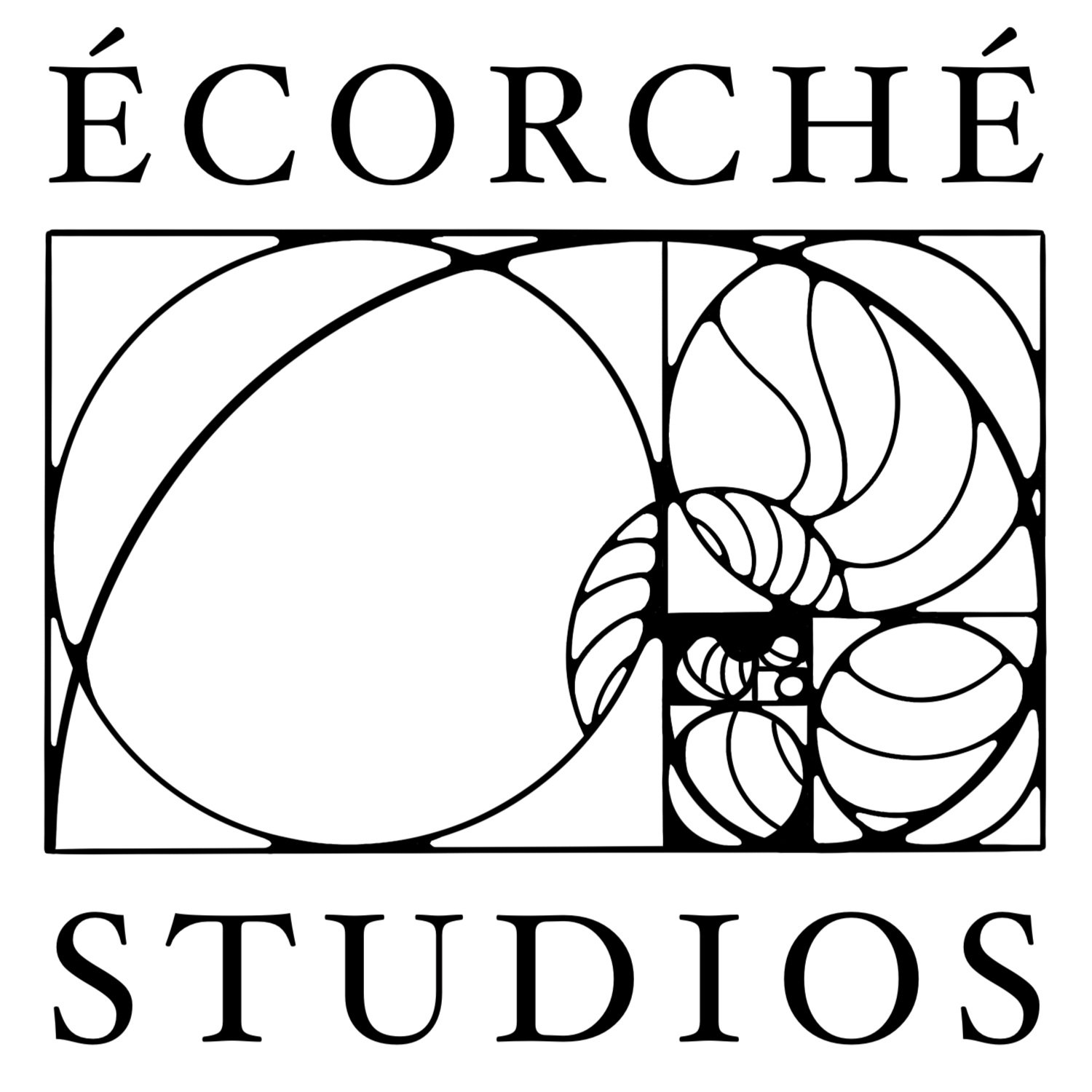The study of human anatomy often demands specialization since it requires a significant depth of knowledge. Yet an undeniable link exists between human and animal anatomy, one that blurs the edges of categorization and leads us to the question of how the story of écorché applies to animals and not just humans.
Many similarities exist between the two with a few crucial distinctions. During similar moments in history, scientists and artists alike sought to understand the world more concretely rather than relying upon the symbolic, mystical or unknown. These shifts frequently resulted in more anatomically vibrant depictions of humans and animals that resisted stylistic elaboration.
Dissection and intense research depended on art to maintain accurate records of this expanding knowledge, which increasingly blurred the lines between the study of animals and people for one primary reason. The use of animals for observation rather than human subjects or remains posed fewer challenges, both from access and ethics standpoints since animals were thought of and treated as lesser beings. Thousands of years of precedent already supported the idea that “by studying animals, we could learn much about ourselves. This technique has now developed to the point that animal models are employed in virtually all fields of biomedical research including, but not limited to, basic biology, immunology and infectious disease, oncology, and behavior” [1].
Image 3. Drawing from “De Motu Cordis” by William Harvey. Source.
During the 17th century William Harvey, through the study of several species, identified the functions of the human cardiovascular systems with great detail and accuracy [2]. In addition to medical applications, the study of anatomy informed general artistic depictions of animals as well. One well-known example of this overlap is George Stubbs’ The Anatomy of the Horse, a guide which depicts in extensive detail the equine bone and cartilage structures, muscles and ligaments, and much more. His intense research and documentation of equine anatomy allowed him to paint horses with remarkable detail and accuracy, including his renowned representation of the racehorse Whistlejacket.
The lexicon of thoroughly studied animals expanded from familiar to more elusive species, with écorchés ranging from two-dimensional to three-dimensional studies. All the while, artists continued to consider the ways in which bodily functions and movement translated to static poses and perspectives. Comprehension translated to believability as viewers found themselves face-to-face with creatures they might never encounter in real life.
Following the flow of history into the Victorian era, artistic applications of animal anatomy took a novel form with the emergence of carousels. Their menageries allowed people to physically interact with large-scale sculptural representations of animals. Carousels gained popularity by the early 18th century, a trend which only continued to grow with time. By the mid 19th century, they gained full force and were popularized in America by Gustav Dentzel.
The legacy of the Dentzels particularly stands out within the history of carousel creation. “The Dentzels were carvers by trade” and “[t]heir work was about hyper-realism and vernacular art. [...] For example, you can see veins and muscles and other physical features they carved into their horses” [3]. The Dentzel Carousel Company’s masterful carving encompassed other menagerie creatures as well, such as this pig attributed to Salvatore Cernigliaro.
Image 7. Carousel Figure of a Pig attributed to Salvatore Cernigliaro. Source.
While carousels are no longer produced in the same way as during the 18th to 19th centuries, many contemporary carousel restoration projects seek to keep these art forms alive. Several restoration projects took root in the Pacific Northwest alone, encouraging volunteers to research and revive the techniques needed to design and hand-carve anatomically detailed animals. These community-led efforts pass knowledge done from artisans to beginners, encouraging people of all talents and abilities to try their hand at creating extraordinary, interactive representations of animals.
Over the course of a decade the Albany Historic Carousel & Museum restored the mechanism of a 1909 Dentzel Carousel and hand-carved their menagerie of over 40 animals. Meanwhile, within the last three years a new project began to restore a 1927 Dentzel-Muller Carousel in the Snoqualmie Valley. This project is in its early stages with an ever-growing team of volunteers and great hopes for the future.
The art of animal anatomy continues to flourish in many forms today, in tangible and meaningful ways. We owe a great deal, from our advanced medical knowledge to the sheer joy of riding a carousel, to the many remarkable creatures we share this planet with.
To learn more about the carousel restoration efforts mentioned above and how to get involved, you can visit the Albany Historic Carousel & Museum and Snoqualmie Valley Carousel websites.
Sources
[1] & [2] Ericsson, Aaron C, et al. “A Brief History of Animal Modeling.” National Library of Medicine, Missouri Medicine, 2013, www.ncbi.nlm.nih.gov/pmc/articles/PMC3979591/.
[3] Morgan, Jeff. “Carousel Exhibit Takes Spin Through History.” Medium, Iowa History, 8 Aug. 2018, medium.com/iowa-history/carousel-exhibit-takes-spin-through-history-c156604a124b.






